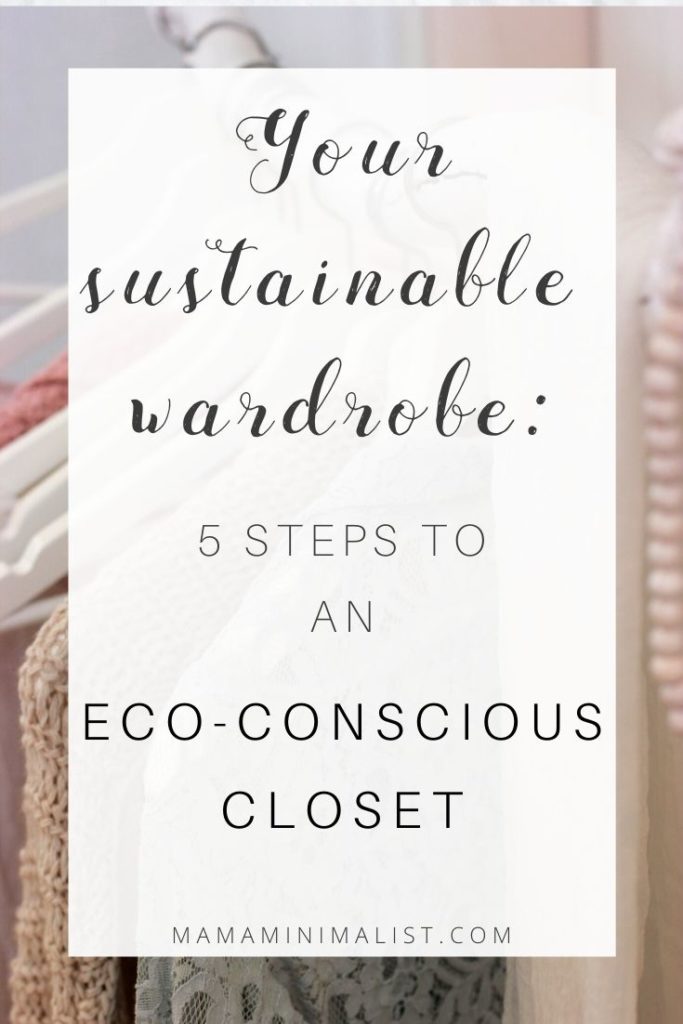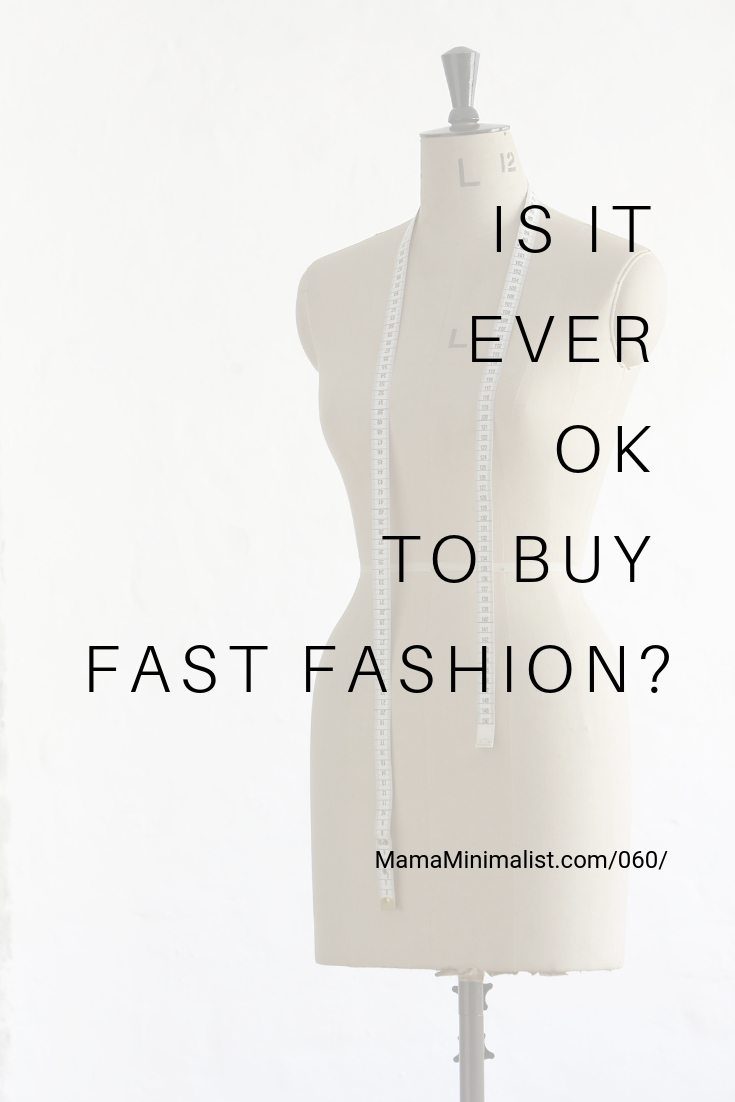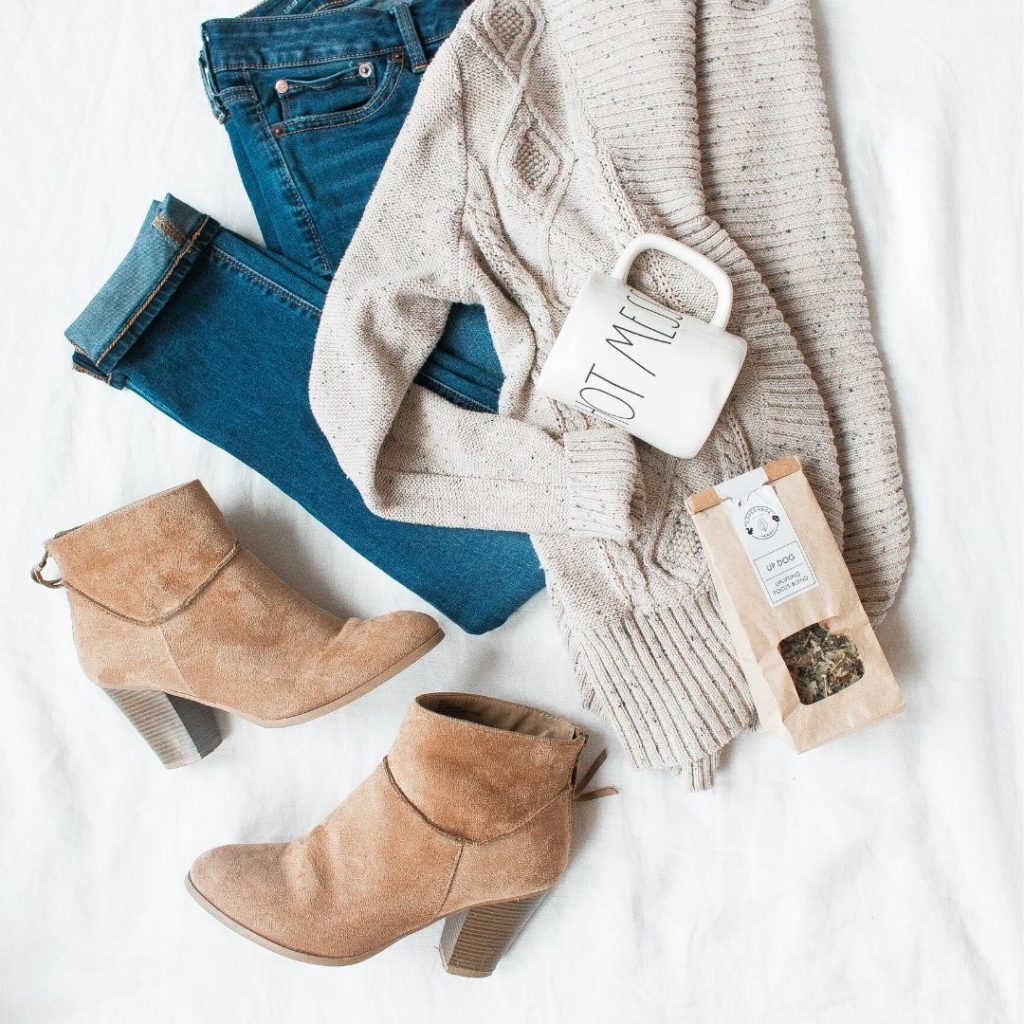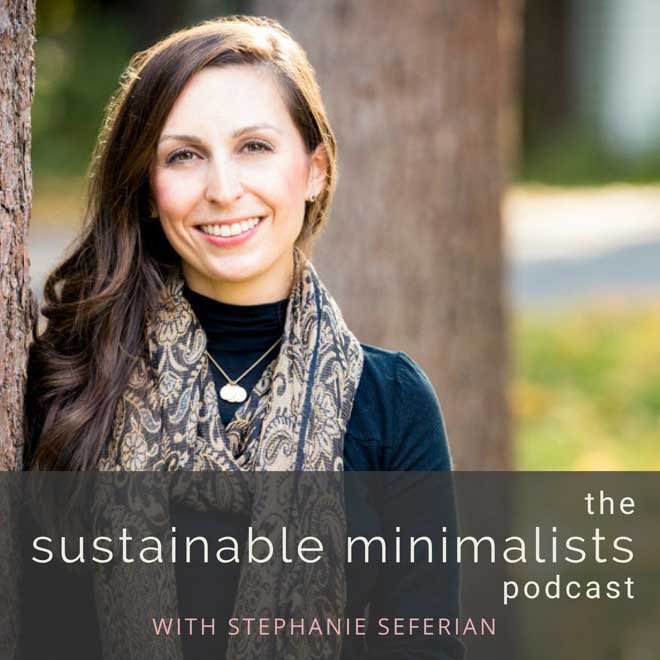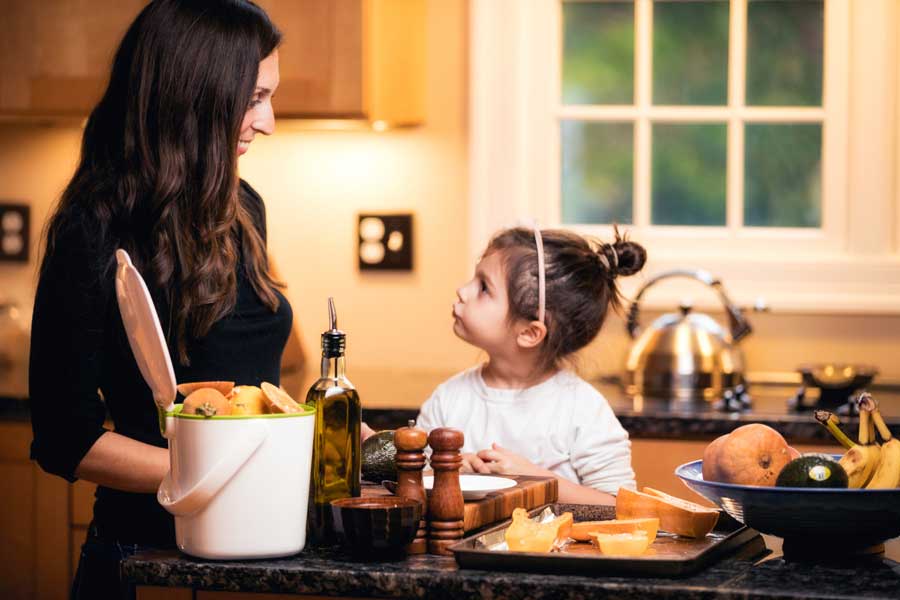Your Sustainable Wardrobe: 5 Steps to an Eco-Conscious Closet
A sustainable wardrobe to feel good about
You know fast fashion is bad. (Really bad, in fact.) But you’ve got a closet full of cheap, trendy items + you have no idea how to create a more sustainable wardrobe.
How can you avoid eco-burnout + cultivate sustainability in your closet? That’s the question Cait Bagby is answering today.
Cait is a fellow blogger, ethical influencer + self-described fashion maximalist who’s offering her two cents on creating a wardrobe to feel good about.
Avoid eco-burnout + cultivate a sustainable wardrobe in these five steps.
Step 1: If you have fast fashion items + still wear them, keep them.
When it comes to our closets, the most sustainable act is to love + wear what we already own.
If you have less-than-ethical items in your existing closet, keep them. There’s no sense in getting rid of items you already own + actually wear.
Step 2: Declutter your closet.
Why is decluttering important? Paring down your wardrobe to only what you wear + love enables you to find your true style. Feel good about clearing out the items you no longer wear (but be sure to declutter ethically!)
Step 3: Hone in on your personal style.
Create a mood board on Pinterest of looks that you love. Don’t restrict yourself in any way: Outfits can be impractical, over the top + expensive. Simply create a board of looks that speak to you.
Next, analyze the board for common themes: Is everything black? Lots of A-lines? Heavy on patterns?
Finally, head to your closet. Try on all your clothing. How do the items you own compare with your list? When you have a wardrobe that represents your personal style, everything effortlessly goes together.
“A magazine can’t tell you what your personal style is. A mannequin can’t, either. “
Step 4: Thrift.
When you purchase secondhand, you’re telling typical retailers you’re uninterested in introducing more product into the market.
Expand upon your thrifting notions. Borrow from friends + family. Accept hand-me-down, heirloom items, too.
Step 5: When you absolutely must buy, purchase from a sustainable or ethical brand.
Just 10 percent of your wardrobe should be new items. When you do buy new, support eco-conscious or ethical brands.
Our monthly newsletter overflows with eco-friendly awesomeness. Get yours straight to you inbox!
_____
Is it ever OK to buy fast fashion?
*
The short answer? No.
The long answer? If you are financially able, invest in sustainable and ethical garments. Thrift quality pieces instead of buying new if finances are tight.
Be gentle on yourself + others. Here’s why. As with any big change, it’s important to be incremental in execution. Further, there will be times when you backslide. Approach the process with understanding so that, in the long run, you steer the course.
Avoid eco-burnout + cultivate a sustainable wardrobe in these five steps.
Step 1: If you have fast fashion items + still wear them, keep them.
When it comes to our closets, the most sustainable act is to love + wear what we already own.
If you have less-than-ethical items in your existing closet, keep them. There’s no sense in getting rid of items you already own + actually wear.
Step 2: Declutter your closet.
Why is decluttering important? Paring down your wardrobe to only what you wear + love enables you to find your true style. Feel good about clearing out the items you no longer wear (but be sure to declutter ethically!)
Step 3: Hone in on your personal style.
Create a mood board on Pinterest of looks that you love. Don’t restrict yourself in any way: Outfits can be impractical, over the top + expensive. Simply create a board of looks that speak to you.
Next, analyze the board for common themes: Is everything black? Lots of A-lines? Heavy on patterns?
Finally, head to your closet. Try on all your clothing. How do the items you own compare with your list? When you have a wardrobe that represents your personal style, everything effortlessly goes together.
“A magazine can’t tell you what your personal style is. A mannequin can’t, either. “
Step 4: Thrift.
When you purchase secondhand, you’re telling typical retailers you’re uninterested in introducing more product into the market.
Expand upon your thrifting notions. Borrow from friends + family. Accept hand-me-down, heirloom items, too.
Step 5: When you absolutely must buy, purchase from a sustainable or ethical brand.
Just 10 percent of your wardrobe should be new items. When you do buy new, support eco-conscious or ethical brands.
